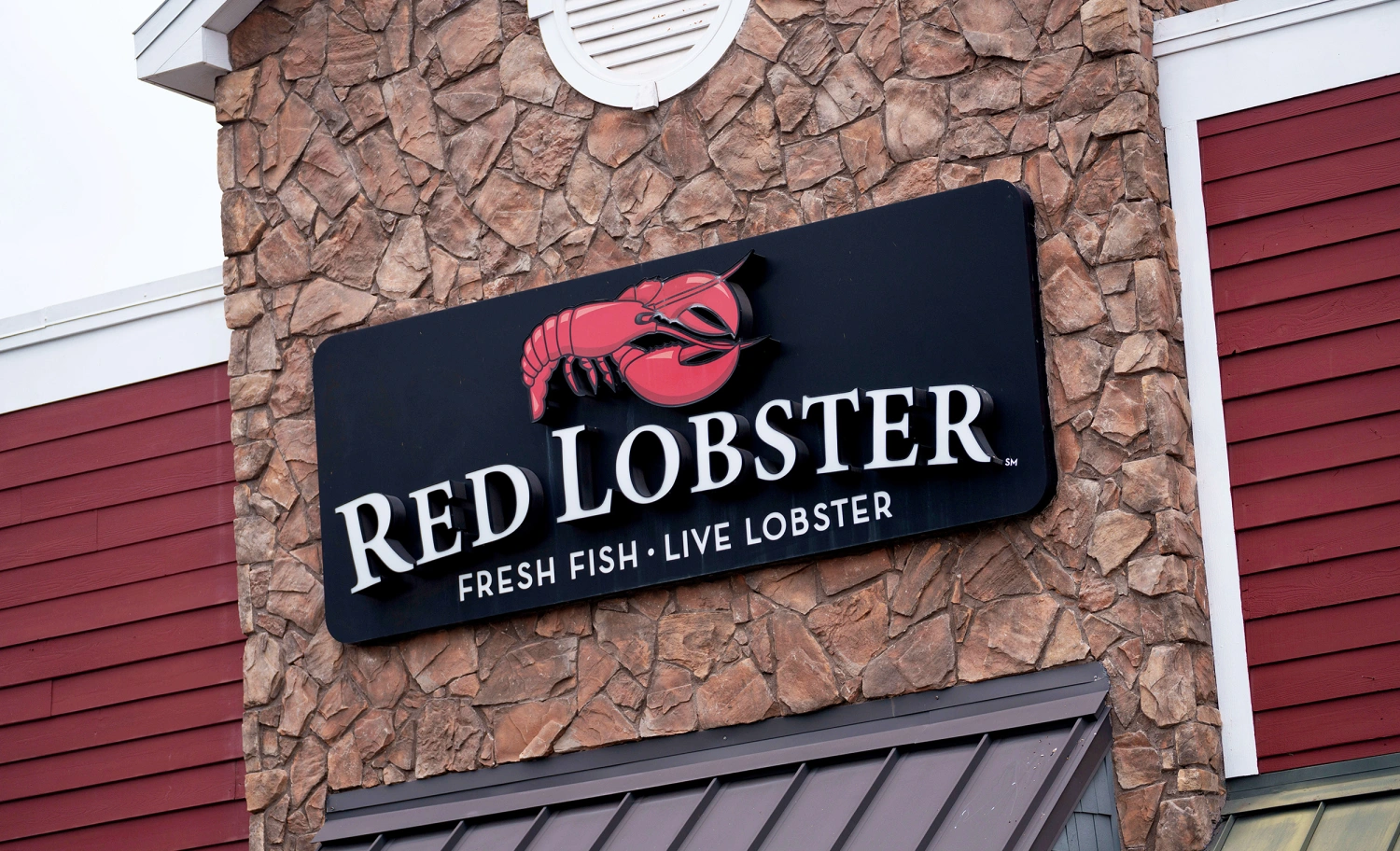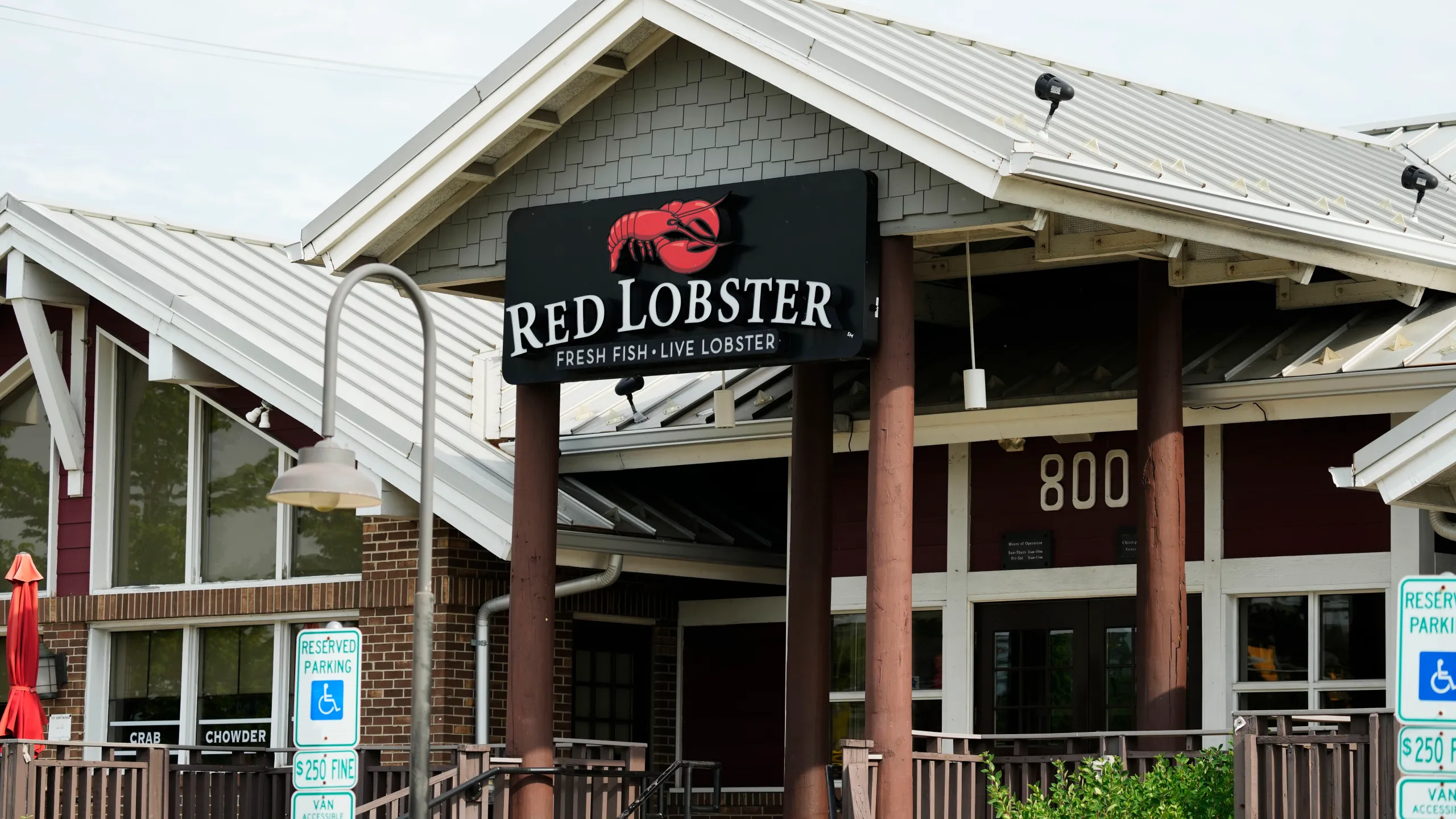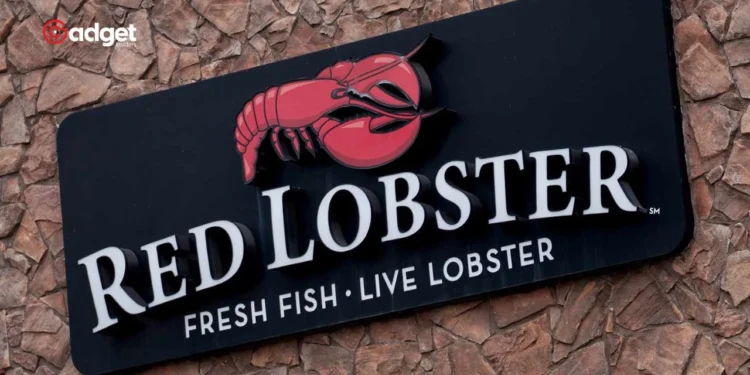Red Lobster, the renowned seafood chain, has found itself navigating turbulent waters as it filed for Chapter 11 bankruptcy protection. The Orlando-based giant, once boasting 650 locations nationwide, has seen a dramatic turn of events following a disastrous all-you-can-eat shrimp promotion.

Red Lobster: Unraveling the Shrimp Scandal
In the heart of last summer, Red Lobster launched what seemed like an enticing offer—a $20 unlimited shrimp deal. However, this promotion, spearheaded by then-CEO Paul Kenny against the advice of fellow executives, spiraled out of control. The promotion not only led to severe shrimp shortages but also caused its largest shareholder, Thai Union, to endure a staggering $530 million write-off in the fourth quarter.
Jonathan Tibus, Red Lobster’s current CEO, has openly criticized Thai Union’s significant influence over the company’s shrimp sourcing strategies. The promotion’s failure exacerbated the already strained operations, leading to an investigation into whether Kenny’s decision-making bypassed normal supply chain protocols.
A Chain Reaction of Closures
The shrimp promotion fallout was a catalyst for broader financial instability. Last week, the chain unexpectedly shuttered nearly 100 locations. This abrupt decision left employees and patrons alike stunned, with many workers only learning of the closures upon arriving for their shifts.
The closures are part of a broader strategy to stabilize the company. The restaurant chain aims to downsize and potentially sell off most of its assets. Despite these closures, the company reassures that the remaining locations will continue to operate normally, offering the same seafood fare that patrons expect.

Navigating Through Bankruptcy
The bankruptcy filing is seen by Tibus as a “path forward” for Red Lobster, allowing the chain to address its financial woes and operational challenges comprehensively. With $100 million in new financing from its lenders and a stalking horse bid in place, Red Lobster plans to restructure and emerge as a leaner entity focused on growth and stability.
As part of the restructuring, the company has been forced to implement cost reductions—some of which were deemed “pennywise and pound-foolish” by former executives, as they adversely affected sales and overall company morale.
The Impact on Stakeholders
The filing has significant implications for the chain’s 36,000 employees, who are owed $16.7 million in unpaid wages. The bankruptcy protection will also allow Red Lobster to stave off evictions and manage unpaid bills from landlords and vendors, providing a lifeline during these uncertain times.

Conclusion: A Future Refocused
As Red Lobster navigates through these choppy waters, the focus remains on emerging from bankruptcy as a smaller, more robust chain. The journey through this financial storm is fraught with challenges, but with strategic restructuring and careful management, Red Lobster aims to reclaim its place as a leader in the seafood restaurant industry.
The saga of Red Lobster’s rise, fall, and hopeful resurgence serves as a compelling narrative of ambition, missteps, and the relentless pursuit of recovery. As this iconic chain redefines its path forward, the seafood industry watches closely, awaiting the next chapter in this riveting corporate tale.










